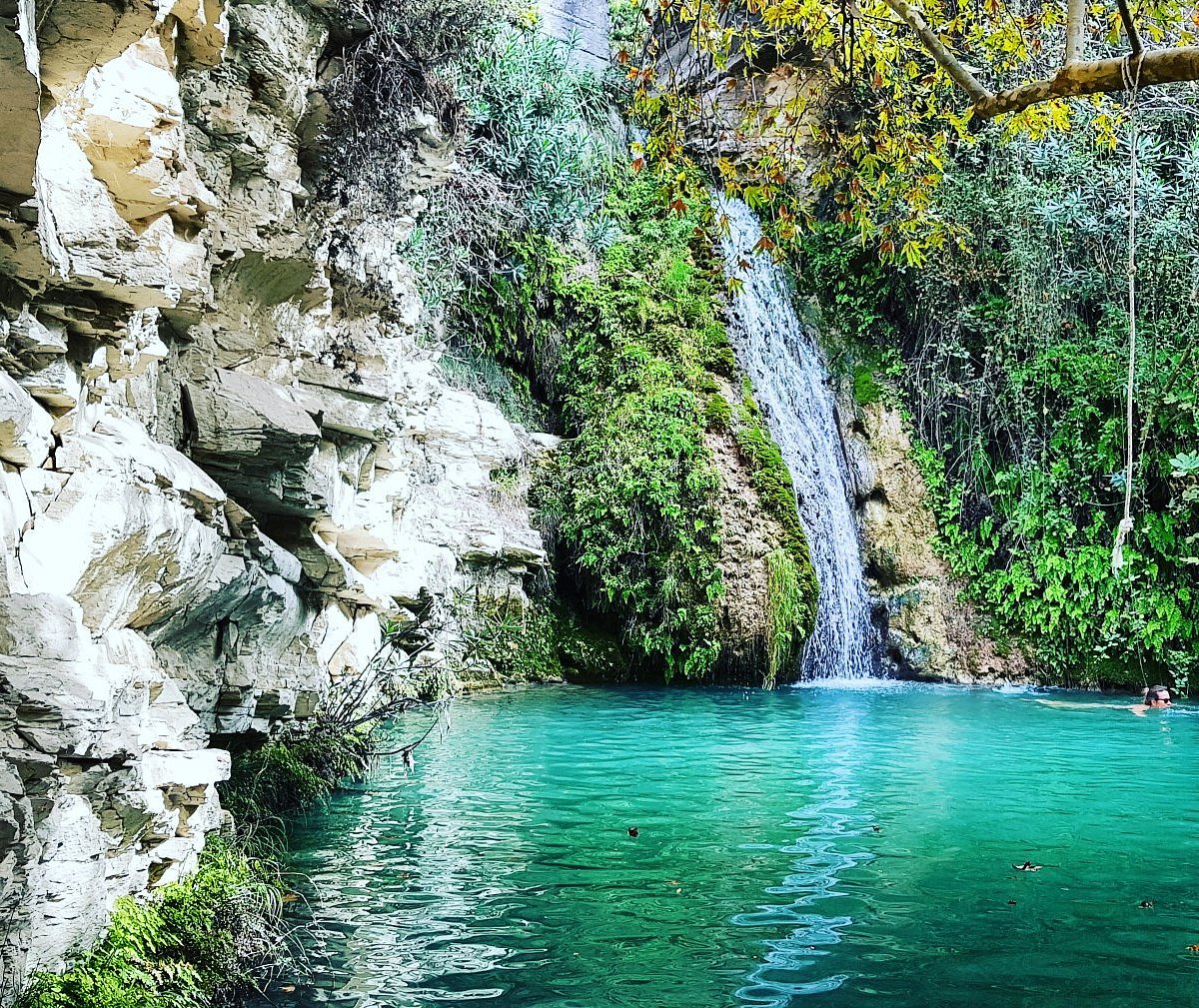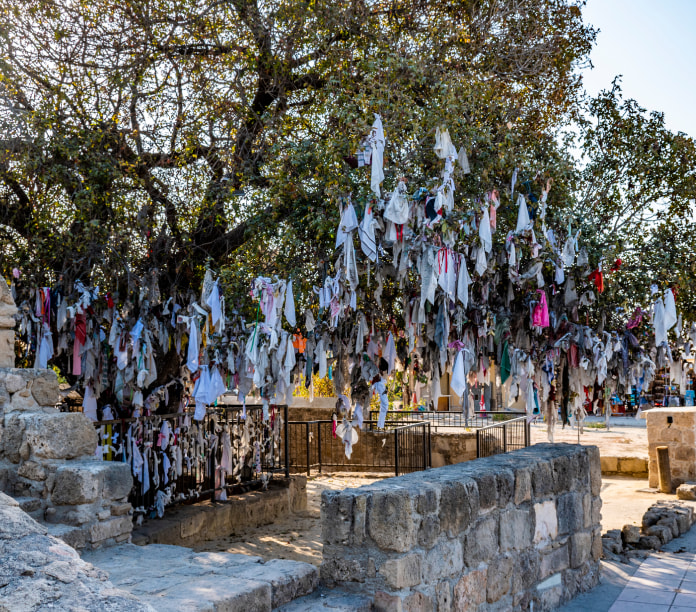6. Pilou Pilou
The pilou dance is a deep-rooted ancestral tradition and has a powerful symbolic significance. In times past, several forms of pilou were performed: “war pilous”, “mourning pilous” and “farewell pilous”. Nowadays, the pilou is danced to mark ceremonial occasions: births, weddings and funerals...
7. Blue shrimp
The New Caledonia blue shrimp has exceptional sensory characteristics, which are linked to its composition of amino acids. The levels of Glycine and Proline (main composite of honey) are particularly high in this species giving it a unique sweet flavor appreciated by the experts.
Its beautiful blue color is due to the purity of the New Caledonian lagoon waters and the natural food supply from the lagoon’s plankton. Once cooked, it takes a beautiful orange-pink hue without any dye.
New Caledonia Blue shrimp has a unique, sweet taste, with a firm, melt-in-the-mouth flesh appreciated by top chefs.
10. Poe
Pronounced 'poe-ay', this dessert dish is New Caledonia's answer to a traditional pudding, consisting of either pumpkin or banana that is then served with thick coconut cream. Aside from being absolutely delicious, this dish's texture is that of a rice flour pudding and will definitely have you coming back for seconds.
1. Palaeoloxodon cypriotes - Cyprus Dwarf Elephant
The Cyprus dwarf elephant is known from fossils dating from the early Late Pleistocene to earliest Holocene, approximately 11,000 BC. It is suggested that P. cypriotes is descended from Palaeoloxodon xylophagou, a species which is known from a partial skull collected near the village of Xylofagou in SE Cyprus dating to the late Middle Pleistocene (MIS 7, 243-191,000 years ago), which is around 3.5 times larger than P. cypriotes, but still only around 7% the size of its mainland ancestor. Both species are considered to have descended from the very large Palaeoloxodon antiquus (straight-tusked elephant) of mainland Europe and the Western Asia. It is likely that they arrived in Cyprus by swimming the distance between the Karpas Peninsula and southeastern Anatolia during an episode of low sea level, which even considering additional exposed land area is a minimum of 60 kilometers, further than the known swimming distance record for elephants (48 kilometers). The youngest remains of P. cypriotes date to around 12,000 years before present.
This text was taken from Wikipedia
-738x591.jpg)
2. Adonis Baths
According to Greek legend, Aphrodite, the goddess of fertility and love, watched her lover, Adonis, die in her arms here in this freshwater natural pool. Set beneath a tumbling waterfall and surrounded by verdant greenery, the site also features a statue of the two mythical lovers, which is said to boost the fertility of those who touch it.
3. The Tombs Of The Kings
The Tombs of the Kings is a famous site in Cyprus that UNESCO has recognized as a World Heritage. It is a vast cemetery within the Kato Pafos Archaeological Park.
Despite the name, it is important to note that no actual Kings or Queens are resting here. However, the tombs themselves are truly remarkable! They served as the final resting place for esteemed officials and prominent members of the court and government.
These tombs are special because they have Rhodian Amphorae or Jugs in them, which were put there as offerings during the burials. The jugs have handles with marks or seals on them, and they help archaeologists figure out how old they are and when they were used.

4. Cyprus is the form to say copper in Ancient Greek! Well, not so real, Wikipedia says this:
The earliest attested reference to Cyprus is the 15th century BC Mycenaean Greek ????, ku-pi-ri-jo, meaning "Cypriot" (Greek: Κύπριος), written in Linear B syllabic script. The classical Greek form of the name is Κύπρος (Kýpros).
The etymology of the name is unknown. Suggestions include:
a) The Greek word for the Mediterranean cypress tree (Cupressus sempervirens), κυπάρισσος (kypárissos)
b) the Greek name of the henna tree (Lawsonia alba), κύπρος (kýpros)
c) an Eteocypriot word for copper. It has been suggested, for example, that it has roots in the Sumerian word for copper (zubar) or for bronze (kubar), from the large deposits of copper ore found on the island.
Through overseas trade, the island has given its name to the Classical Latin word for copper through the phrase aes Cyprium, "metal of Cyprus", later shortened to Cuprum.
The standard demonym relating to Cyprus or its people or culture is Cypriot. The terms Cypriote and Cyprian (later a personal name) are also used, though less frequently.
The state's official name in Greek literally translates to "Cypriot Republic" in English, but this translation is not used officially; "Republic of Cyprus" is used instead.
Next image is the Skouriotissa copper mine in Cyprus
In Classical Greece, copper was locally called chalkos (χαλκός)
Etymology
Unknown. Has been compared to Proto-Slavic *želězo (“iron”), Latin ferrum, and Hittite (ḫapalki-). Perhaps related to κάλχη (kálkhē, “purple”). Ultimately, Proto-Indo-European origin seems unlikely and the word is probably a borrowing from Pre-Greek.
Cognate to Mycenaean Greek ???? (ka-ka-re-a), ?? (ka-ko, “copper”).
5. The Tree Of Wishes
At the entrance of St. Solomon’s crypt in Pafos, you can find a Wish-Fulfilling Tree that Cyprus is famous for.
When people visit the crypt, they tie handkerchiefs, ribbons, or other pieces of cloth to the branches. Each item represents a wish that the person has. This tradition is similar to what happens in India, where people tie special threads around trees that are believed to make wishes come true.
According to belief, when a handkerchief is tied to the tree with the intention and belief, it can grant fertility to women and reunite long-lost relatives. These stories and the tree’s reputed blessings have contributed to its popularity among visitors.
Today, people adorn Wish-Fulfilling Tree with vibrant ribbons and handkerchiefs of various colors. This creates a striking and beautiful sight within the serene catacombs of St. Solomon’s crypt.

sohonee:
6. Marcos Baghdatis
Tennis in Cyprus has recently received more attention mainly due to Marcos Baghdatis' success in the ATP rankings.
Baghdatis reached the final of the 2006 Australian Open, was a semifinalist at the 2006 Wimbledon Championships and reached a career-high ATP singles ranking of World No. 8 in August 2006.
Hey welcome back...
7. Fasolada
Fasolada is a delicious and filling soup/stew made with white beans and vegetables. It is widely considered the national dish of the country.
The recipe typically includes potatoes, carrots, celery, onions, tomato sauce, fresh or dried beans, and olive oil. This hearty dish holds a special place in the Mediterranean diet and is believed to have originated in Greece.
Fasolada is typically served with fresh bread and drizzled with plenty of extra virgin olive oil. Definitely try this classic dish for a taste of authentic Cypriot cuisine.









